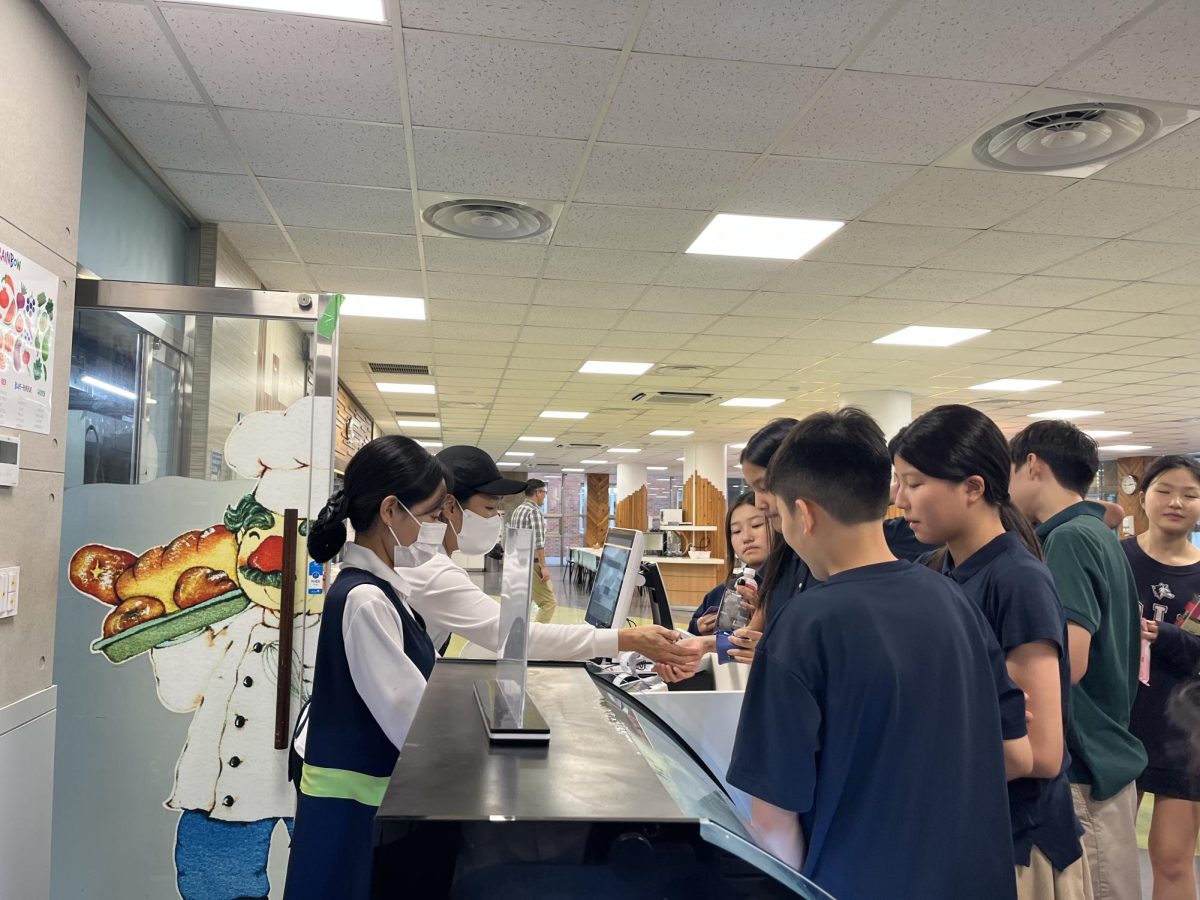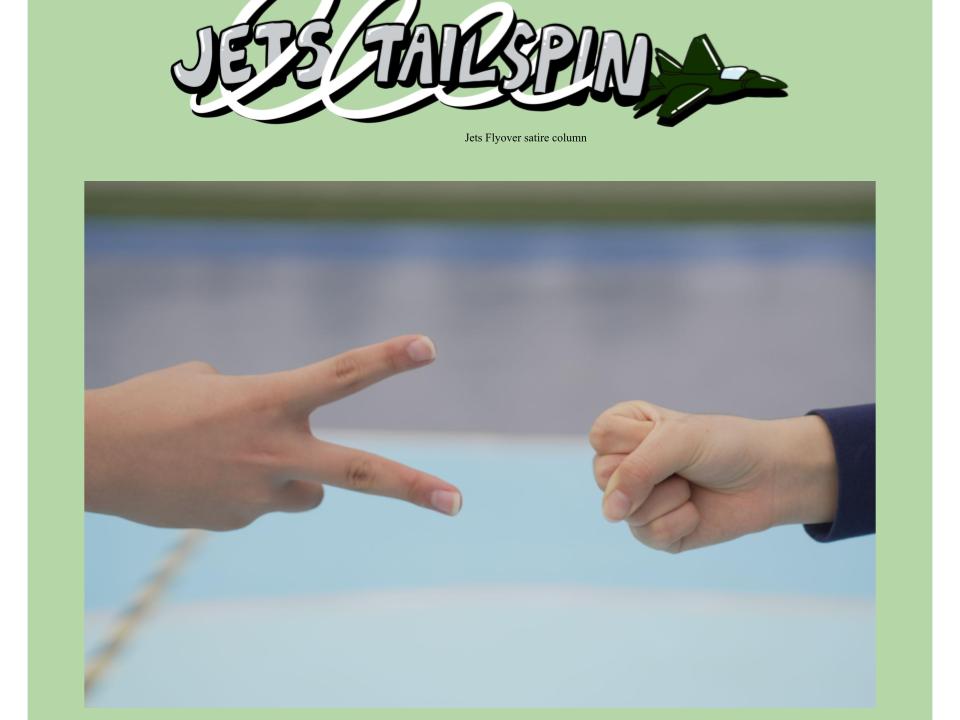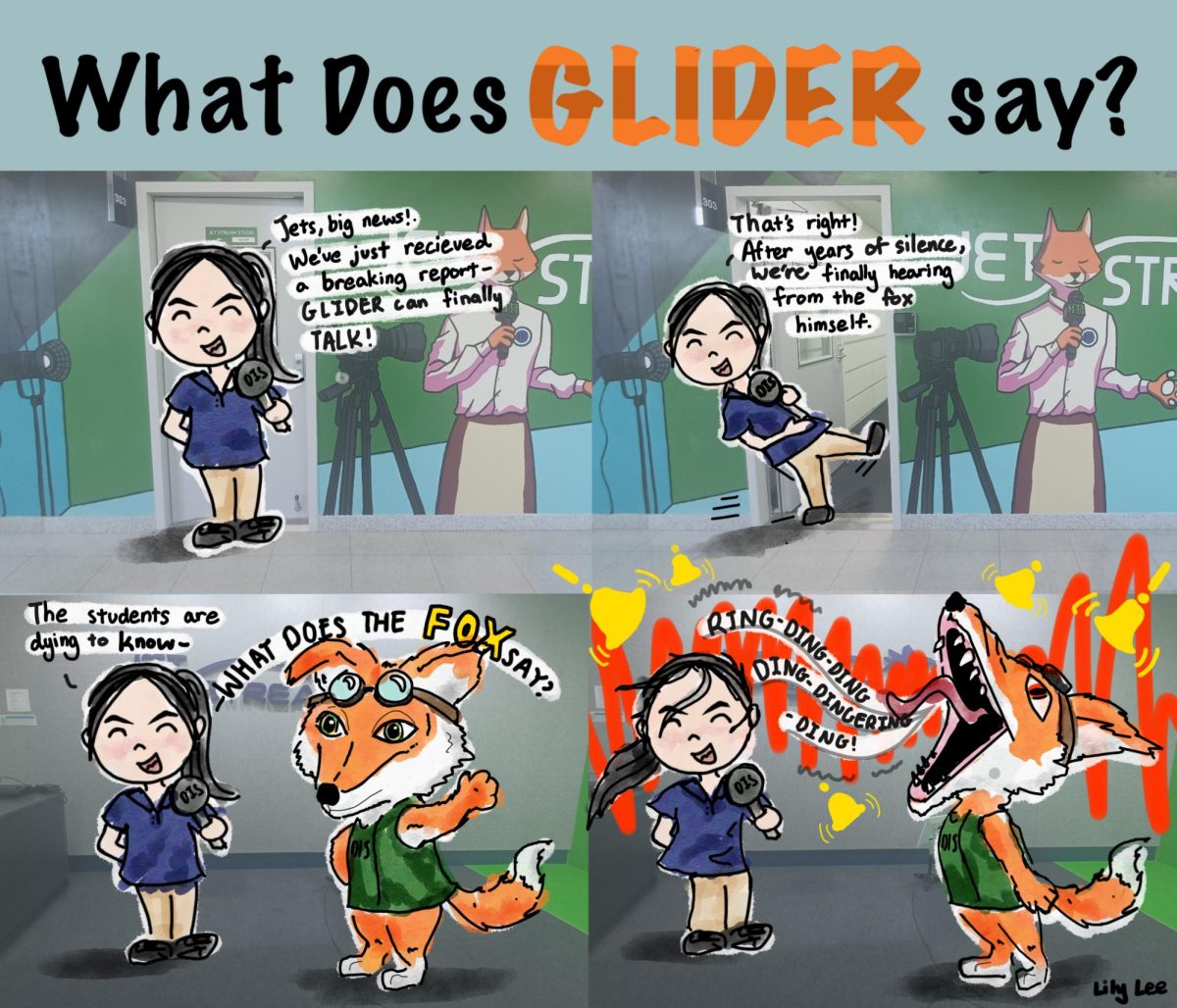My Deep Dive into Britpop Music
How a Korean Teen Fell In Love with the ’90s Genre
March 21, 2022
The ’90s was a golden era for music: every time you turned on MTV, you were greeted with Kurt Cobain screeching on the mic, or Eddie Vedder stage diving into a sea of fans. Grunge subculture soared in the U.S. alongside anti-establishment sentiment and other socio-cultural tensions. Across the Atlantic, the decade saw the emergence of Britpop, a musical sub-genre formed as a reaction against the grunge music scene in the United States. Grunge topped the charts at the time, but many British musicians felt they could not relate to these songs, and put their own English twist on 90s American rock.

Britpop wasn’t defined by a specific musical style, but it was generally composed of lighter sounds than grunge, and included more melodic hooks and choruses. It was built on the guitar-based British pop music created by iconic bands of the ’60s, like The Beatles and The Kinks. Most Britpop artists seemed to manifest a sense of admiration for the sounds of the past into their music, from the psychedelic Pink Floyd-esque sounds of Blur, to the disco-influenced pop-rock sounds heard in Pulp’s work, like 1995’s “Different Class”.
The glam and punk rock bands of the 1970s sold the most records at that time in the UK, then alternative and indie music dominated the ’80s. Most ’90s Britpop records can be seen as a blend of various pop and rock influences of the past. But most importantly, a distinct Madchester genre was born. Manchester merged indie music with features of ’60s pop, psychedelia, and shoegaze: a subcategory of indie rock distinguished by its ethereal sound created by the use of distortion, feedback, and obscured vocals.
Lyrics were written to be relevant to the younger generation, and the songs released during this movement embraced and emphasized a unique sense of ‘Britishness’. This spirit became formally known as Cool Britannia, which sparked a greater pride for the U.K. Now that we have the history out of the way, let’s dive into specific bands.

Part I. Oasis
I must have Britain in my blood, since I recently fell in love with this band. I was first introduced to them from my friend who works at an LP cafe. When I stepped into his house, the first thing that caught my eye was his turntable with piles of records stacked up on a shelf. Eyeing my curiosity, my friend suggested that I pick something to play. The vinyl I chose was the single “Let There Be Love” by the English rock band, Oasis. It was love at first listen.

At the time, I was more into hip-hop – with fast beats and catchy, rhythmic lyrics, and I thought slow songs were tedious and, well, drab. However, after I heard the sentimental guitar and piano in the intro of “Let There Be Love”, Liam Gallagher’s broken tone and meaningful lyrics changed my mind about slow-paced songs. His distinctive sound led the ballad to an air of authenticity, of real feeling, much more than nostalgia. Noel’s vocal contributions were as predictably monotone as you’d expect, but Liam’s presence lifts this up, some leagues above the regular slow-mo Oasis fare.
That’s basically how I fell in love with British pop, but I mostly became infatuated with Oasis specifically. From that moment, my all-time favorite song became the aforementioned “Let There Be Love”. But after listening to all of their albums 24/7, two songs rose to the top: “Champagne Supernova” and “Little By Little” became my top picks. My love of Oasis further expanded to vocalist Liam Gallagher’s departure, and suddenly “For What It’s Worth”, “Bold”, and “One of Us” from his two solo albums stole my heart.
Thanks to Oasis, I began my journey of exploring old songs from other popular bands such as Blur, Radiohead, the Arctic Monkeys, and so many more. From the hundreds of tracks that I listened to, the bouncy disco-field “Girls & Boys” and singalong “Parklife” (which Blur frontman Damon Albarn wrote to perfectly encapsulate British life in the mid-90s) also became must-listens that I gladly recommend to any newcomers to the scene.

Part II. Blur
When I visited my friend’s house to drop the needle once again, another vinyl caught my eye. The album cover was reproduced using a primitive color photocopier and appeared to show two greyhounds racing around a track. This aggressive, stylized visual brought out strong, almost overpowering emotions in me. There were no words on the cover, except for the lower case letters spelling out “blur”, and after it, in all caps, “PARKLIFE.” Out of curiosity, I opened the cover and placed it on the turntable.

You can probably guess the rest. Here I was, sick of the dull, futile direction in which life seemed to be heading, in a bout of teenage angst. Delivered into my hands was an album that managed to elevate this sense of anticlimax into a thing of beauty, wit and style. The manner in which I had stumbled on “Parklife” suggested a fate affinityㅡwhile this notion might seem grandiose coming from a 17-year-old girl with no obvious accomplishments.
Through my obsession with Blur’s “Girls & Boys”, I soon became infatuated with the band. This fixation was amplified because at the time, I was confused and worried about my future and what I really wanted to become (common teen concerns, amirite?). After “The Great Escape”, the album that followed “Parklife”, Blur stopped singing hymns to London. The sands were shifting. Music on TV petered out, everyone had access to the internet, and American bands took the lead in music innovation of the early aughts.
I imagine that this change meant Blur was also going through identity confusion at that time, just like me. The album “Girls & Boys” contained a suggestive mixture of the old band and something new. Despite the shift, they were still alive, and most importantly, they could still play. The experimental sounds from “Parklife” and “Girls & Boys” became my favorite songs ever since I got into Blur.
Not only was their music precisely textured, full of brilliant guitar riffs popping up all over the record, but the melodies were elegantly interweaved with choruses, as in the graceful, heartbreaking “Bedhead.” Surprisingly, Albarn–for all of his cold, dispassionate wit–demonstrates compassion that gives these songs emotional dimension.
________________________________________________________________________
Despite the long debate between avid Britpop fans on the superiority of Oasis vs. Blur, I love both of their music styles. Blur’s guitar pop mash-up of several sounds, moving from rhythm-led rock to indie lo-fi, to subtle shoegaze is astounding on its own–but I also feel an attachment to Oasis’s guitar pop mash of hooky melodies, rough spirit, and the thuggish, true punk attitude that the Sex Pistols promoted back in the 70s.
Now that I’m done fangirling over Oasis and Blur, I just want to clarify that my exploration of this unique genre didn’t just stem from my love of the songs, but mainly from how the bands always stood out from the crowd. Britpop, which focuses on lyric delivery and melodic vocal hooks, was like a ray of light to me, tired of all kinds of auto-tune and repetitive pop music.
Even though I was not a teen during the Britpop era to enjoy its lively spirit, I will still be content with the fact that I am able to tune into this objet d’ artㅡthese masterpieces if you willㅡthat will continue to lure in new generations of listeners time and time again.




















































